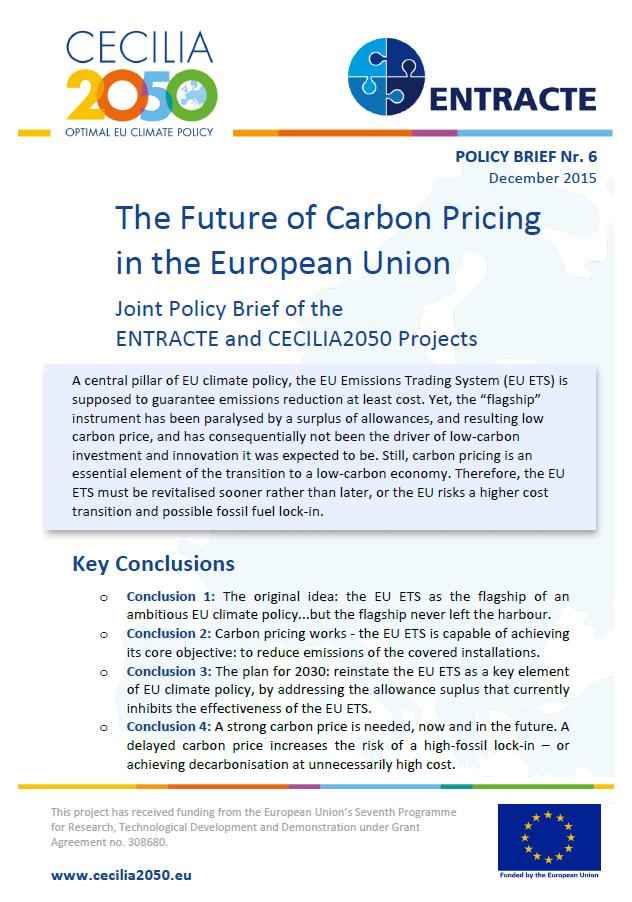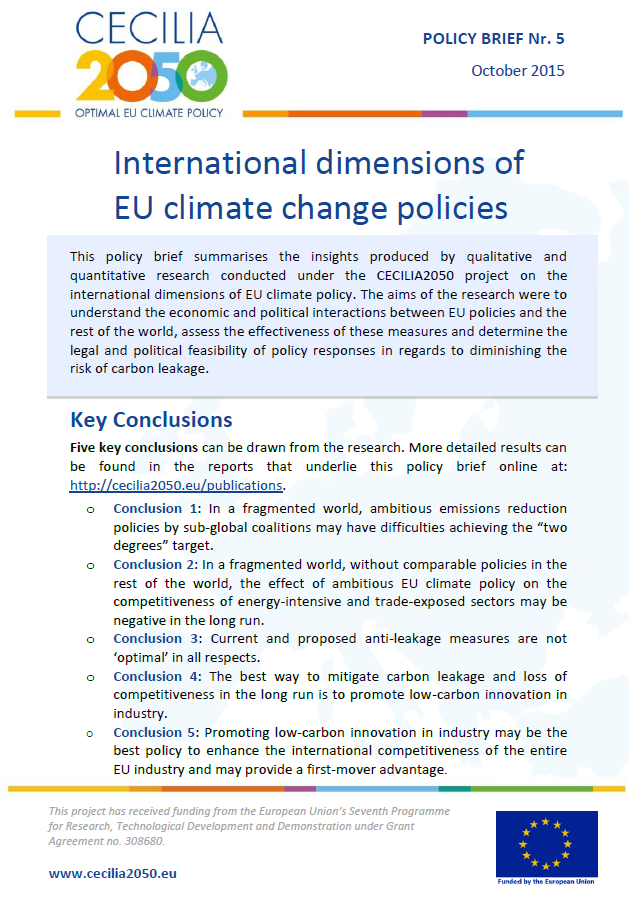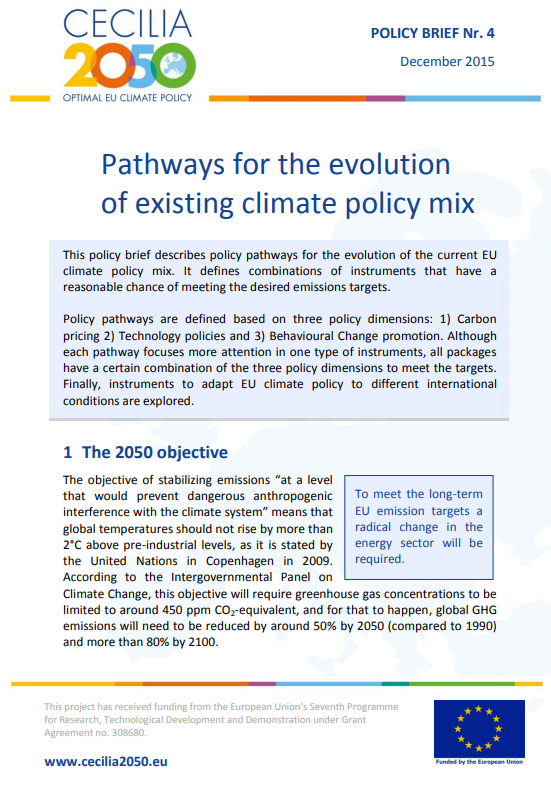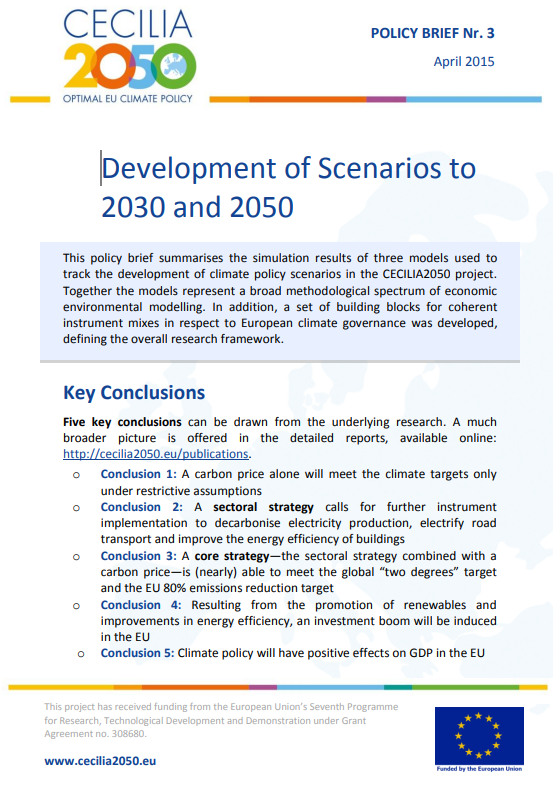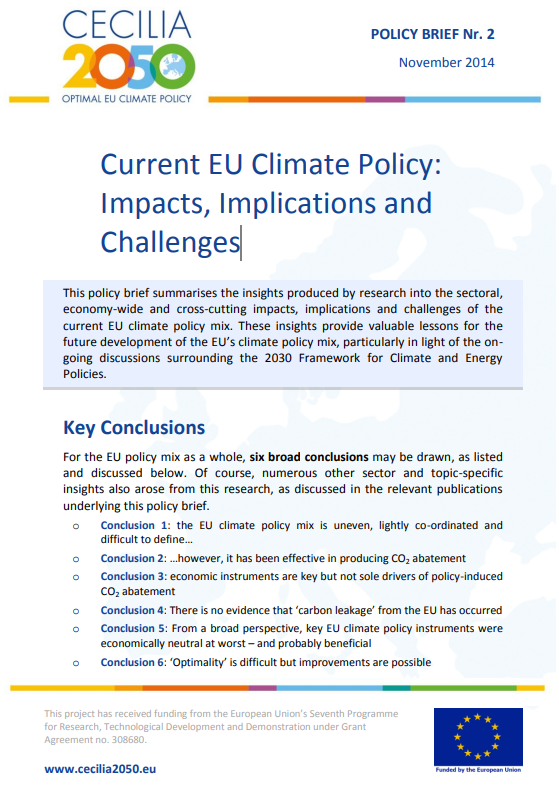Emissions Trading in the Climate Policy Mix
Understanding and Managing Interactions with Other Policy Instruments
- Publication
- Citation
Görlach, Benjamin 2014: "Emissions Trading in the Climate Policy Mix - Understanding and Managing Interactions with Other Policy Instruments". Energy & Environment. Theoretical Advances and Empirical Lessons on Emissions Trading Schemes Vol. 25, No. 3-4 733-750.
Emissions trading promises the achievement of a pre-defined environmental outcome at least cost. If the system works and key assumptions hold, it would seem to be an "optimal" climate policy instrument. On closer inspection, however, it is less clear what constitutes an "optimal" climate policy. This paper argues that optimality involves a range of criteria beyond short-term economic efficiency, but also has to consider the longer-term dynamic efficiency, as well as the political, administrative and legal feasibility of policy instruments.
The assessment of optimality is confounded by the fact that climate policy relies on a number of policy instruments. This paper argues that a policy analysis should look at the performance of the entire instrument mix, and not analyse individual instruments in isolation. Such a mix will differ from country to country – depending on political preferences, administrative capacities, or regulatory traditions. The mix is also evolving: as climate policy aims to transform entire economies, the impact of individual policy instruments in the climate policy mix grows – measured by the share of the relevant markets that they affect, the incentives they provide, or the costs they impose. As this impact grows, there is increasing interaction between policy instruments. Understanding and managing these interactions therefore becomes key for successful climate policy. Emissions trading has a particular position in this instrument mix: it directly targets the end result, i.e. emissions from the regulated sectors, inputs to the process, technologies used, or the infrastructure, where other instruments target the interim stages in the process. At the same time, emissions trading also builds on other policies, for instance through administrative and regulatory infrastructures. This paper discusses how the other policy instruments affect the functioning of an emissions trading scheme (ETS), and how this will reflect on the performance of an ETS in terms of optimality.
The paper builds on interim results of the CECILIA2050 project, which is funded by the EU's 7th Framework Programme for Research.

